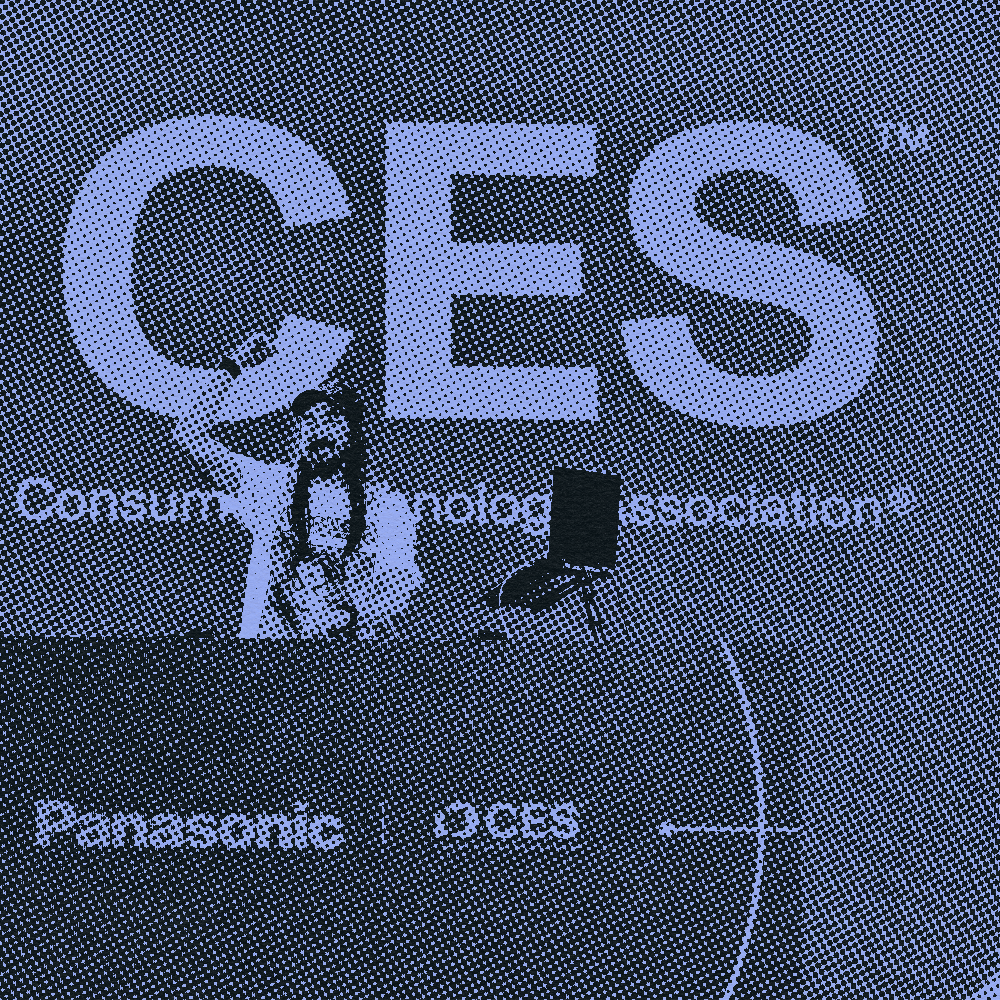Event planning can be stressful. From wrangling outside vendors, to working hand-in-hand with event coordinators, to the actual activation, planning the perfect event can be a challenge for even the most seasoned PR pro. However, there are a few steps you can take to put your team in the best position to execute.
Find your audience
Face-to-face time with a potential consumer is one of the most valuable interactions you will have as a PR pro. It’s your time to deliver the perfect pitch and prove to the consumer why they should give your brand their business. Positive interactions start with selecting an event that matches your target audience. Make sure to vet an event’s expected attendance numbers and core demographic before committing to a sponsorship.If you are planning your own event from scratch, ask yourself: am I in a naturally high-traffic area? Is there enough of a media hook here to generate ample pre-event coverage? Planning an independent activation rather than acting as a sponsor at an event with a pre-set infrastructure and audience can require more leg-work, but is a great way to create a unique and impactful experience.
Solicit criticism
Even the most detailed plan can fail to anticipate everything that will occur on the day of an event. It’s a useful exercise to have your team read over the plan at each stage of the draft and poke holes, no matter how small, in your thought process. Something as small as bringing an iron in case the table cloths you ordered come out of the package wrinkled can go a long way to making your space look professional and approachable.
Act early
Even if you have two months to plan an event that should only take three weeks of preparation, start knocking items of your checklist immediately. You never know when you will encounter issues like vendor errors, unforeseen permitting issues and shipping delays. Remember Murphy’s Law: anything that can go wrong will. And when things go awry, time will be your friend in finding the fix.
Put yourself in the consumer’s shoes
Imagine yourself as one of the attendees. What questions would you have about the product? When working an event, anticipating the difficult inquiries you will receive beforehand is key. Take the time to study the messaging. You should be a walking encyclopedia with complete knowledge of the product or campaign you’re promoting and your larger brand story.
Seal the deal
Another event essential: Having the necessary tools to transform a brief interaction into a conversion that moves the needle. Takeaways like physical coupons, discount codes and branded premiums are a smart way to keep your brand top-of-mind after the event is over and encourage consumers to follow through in buying the product or visiting the brand’s website for more information.
Bring the energy
It sounds cliché, and it is, but an upbeat attitude go a long way in attracting a crowd to your activation set-up. It can be daunting facing a long day on your feet with hundreds if not thousands of individual interactions, but remember that you are acting as a brand steward and your enthusiasm will put consumers at ease and lead to a more meaningful connection.
What’s a Rich Text element?
The rich text element allows you to create and format headings, paragraphs, blockquotes, images, and video all in one place instead of having to add and format them individually. Just double-click and easily create content.
The rich text element allows you to create and format headings, paragraphs, blockquotes, images, and video all in one place instead of having to add and format them individually. Just double-click and easily create content.
Static and dynamic content editing
A rich text element can be used with static or dynamic content. For static content, just drop it into any page and begin editing. For dynamic content, add a rich text field to any collection and then connect a rich text element to that field in the settings panel. Voila!
How to customize formatting for each rich text
Headings, paragraphs, blockquotes, figures, images, and figure captions can all be styled after a class is added to the rich text element using the "When inside of" nested selector system.





